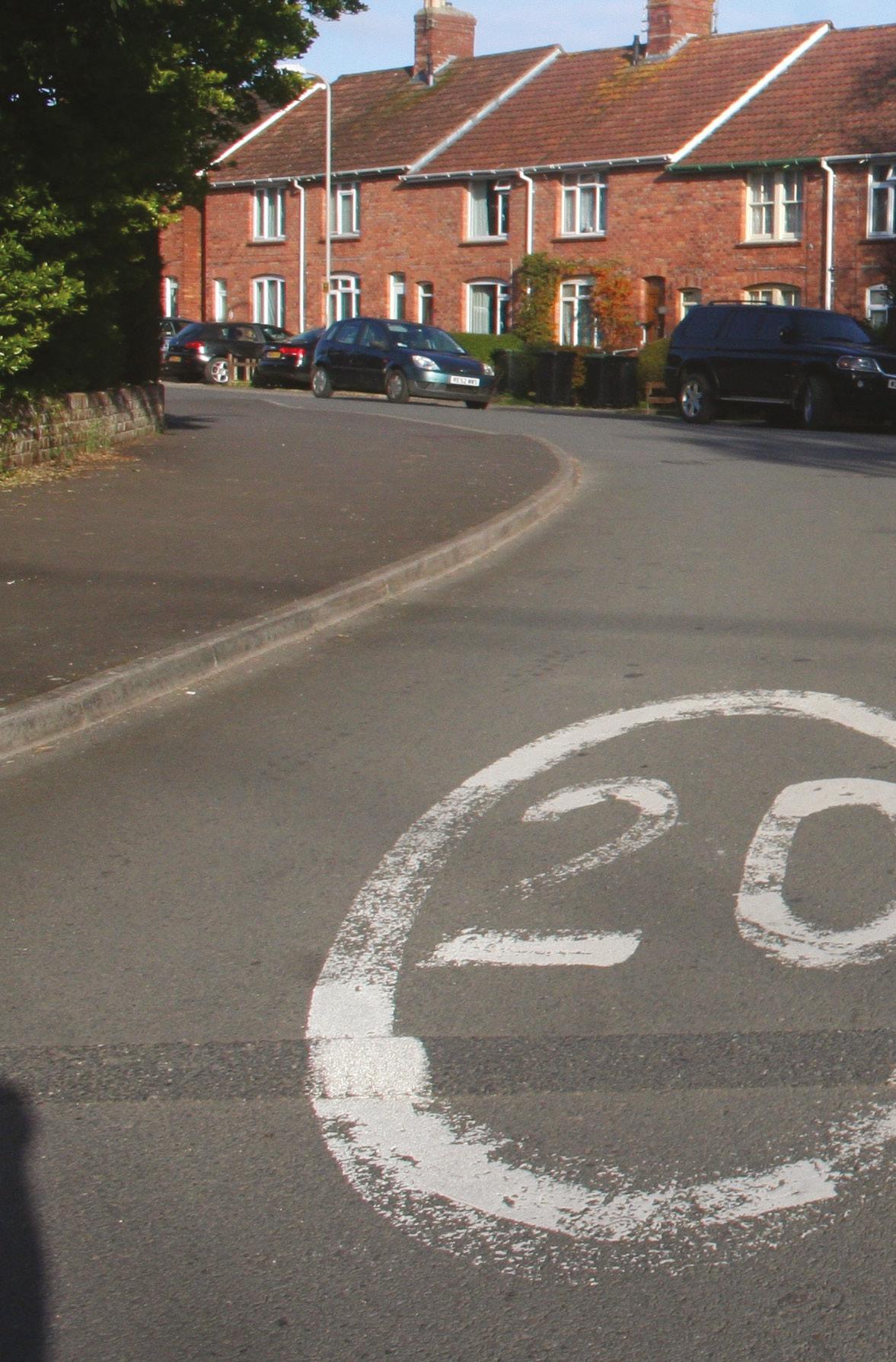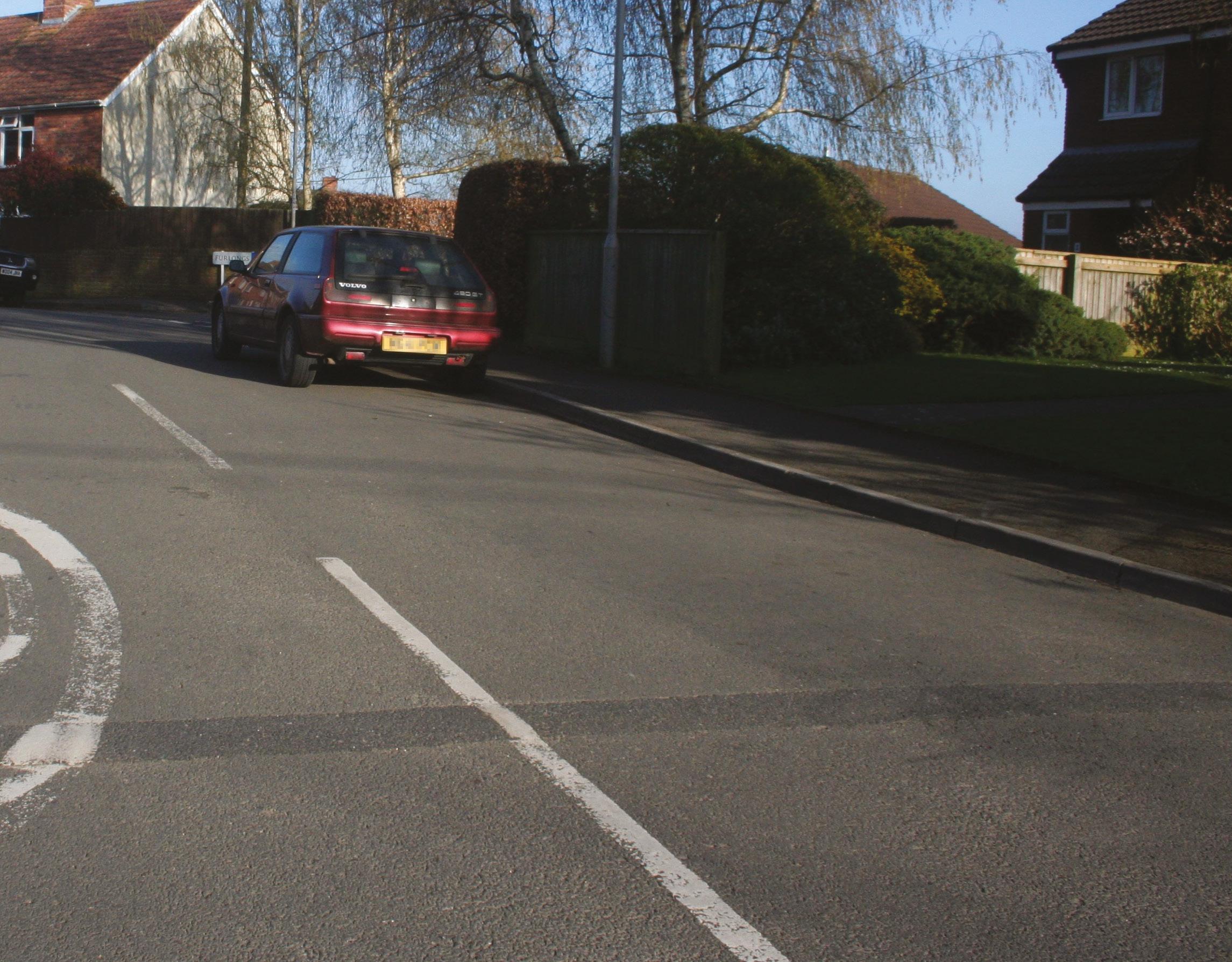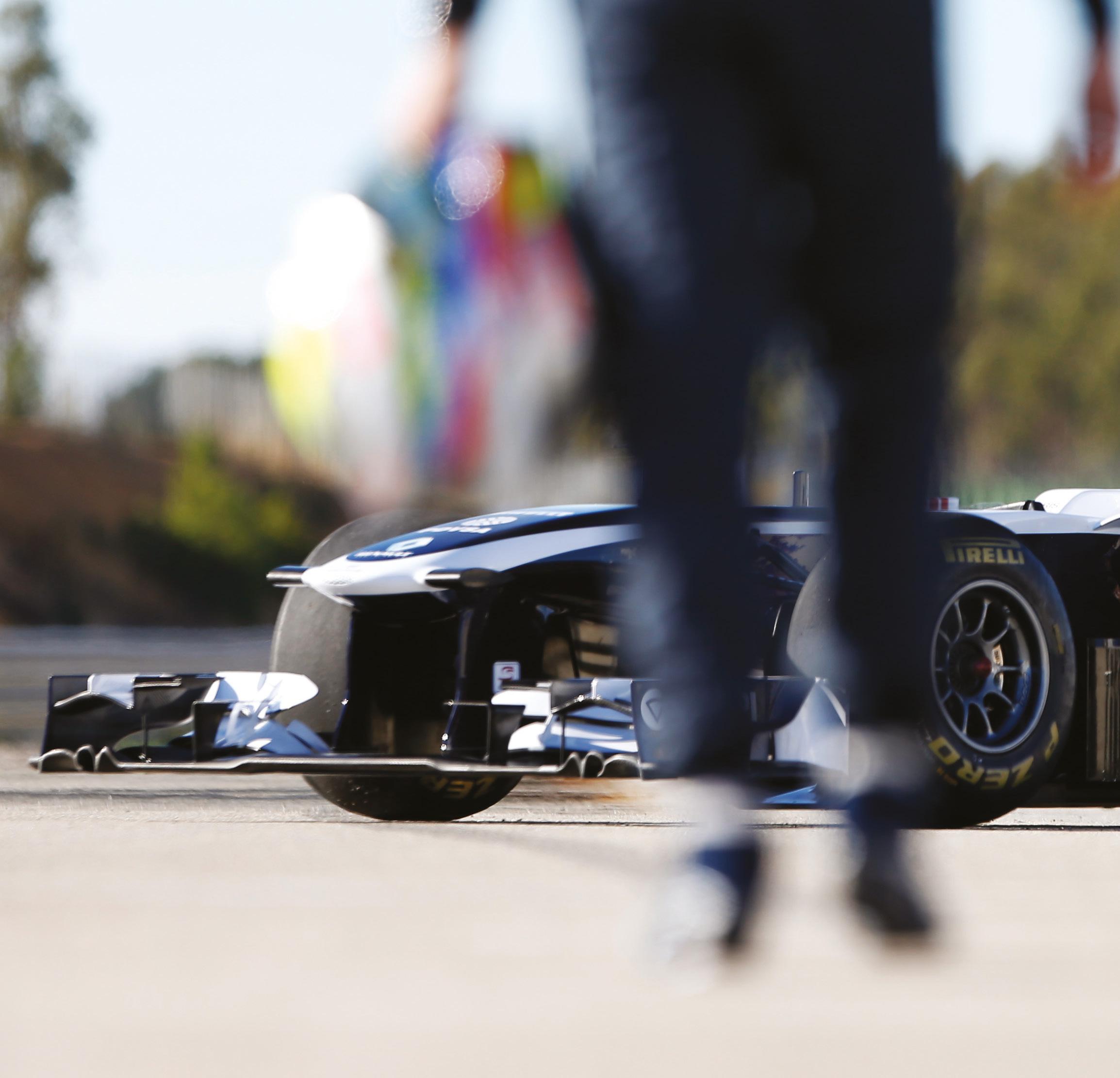
10 minute read
Community
THANK YOU FROM SHERBORNE FOOD BANK
Kane and Julie Clements, Sherborne Food Bank
Advertisement
Image: Katharine Davies
For the Sherborne Food Bank, this has been a year like no other. So, thank you to everyone who has helped in some way to keep the food bank on track.
Thanks to every one of the generous people who have donated goods or cash. Thanks to the businesses providing collection points and other support, and the individuals and groups who have started new collections to support our work.
This is also a chance to update everyone on how we have responded to the recent challenges.
Like many other organisations, we have had to change the way we work to keep the show on the road. When the first lockdown started, many of our volunteers had to stand down from their work at the food bank to self-isolate. This came at a time when we were confronted by a spike in demand – way beyond anything seen before. And changes in working practices had to be made to keep volunteers safe.
By reducing the number of volunteers in the depot at any one time and increasing the number of shifts, we have kept things going. We have had to examine working practices and make some changes to improve our efficiency.
Also, welcome to some of our new drop off points. There is now a basket in the Co-Op at Milborne Port and by the time this appears in print, there will be a shiny new collection point in the foyer of Dikes in Stalbridge.
Recently, regular collections have started in Yetminster and Marston Magna, which is good news. These new locations show just how big an area our food bank covers. Whilst it says Sherborne on the label, we support people in a much wider area.
Perhaps the most ‘stand-out’ thing from the last year has been the continued generosity of you, the people, enabling us to deliver food to those in need.
As for demand? Well, it has been ‘all over the shop’. More people have needed our support this year, for obvious reasons, and there have been frequent fluctuations. When we build up reserves of some stock, they can run down very quickly when demand peaks again.
You can help us manage our stock by checking out what we need most via the wipe boards at donation points and by checking the Sherborne Food Bank Facebook page.
And one more thing. We have plenty of tins of baked beans and soup and bags of dried pasta! We really need to reduce stocks of these items as storage is limited. Until we ask specifically for those items, please donate other things we need more urgently. Thank you.
20’S PLENTY FOR SHERBORNE
Peter Henshaw
Ihave always been a petrol head – freely admit it. Dinky toys and Matchbox cars fascinated me from an early age, leading to the real thing and, eventually, a sort-of career in writing about cars, motorcycles and tractors. And I’m still fascinated by the internal combustion engine, in all forms.
And yet, the world is changing all around us. Climate change is real, and combatting it means changing how we live in countless ways, of which transport is one of the most obvious. Reducing car use – while encouraging walking and cycling for short trips – is clearly essential, but how often do you hear people say something like, ‘Well I would cycle, but it’s too dangerous.’ Like it or not, however careful we may be as drivers, our roads are perceived as too dangerous for competent adults to cycle to the shops, let alone kids cycle to school. Fear of traffic doesn’t just limit our transport options either – younger children are forbidden to stray too far from home... because of the traffic.
Of course, most drivers are generally law abiding most of the time, but we have become used to a cardominated culture in which powered vehicles take precedence over everything else. How else can one explain the situation in Long Street, where pedestrians are squeezed onto narrow pavements so that cars can run both ways at up to 30mph or more, a foot or so away from the kerb? Or Cheap Street – rather than allow pedestrians and traffic to mix at walking pace, walkers are expected to hop out of the way so that cars can come down at their ‘natural’ speed.
Thirty miles per hour is fast. If you’re a pedestrian and a car hits you at thirty, you have a 50/50 chance of surviving, albeit seriously injured – at 40mph, your life chance plummets to just 5%. But if the same car hits you at 20mph, there’s a 95% chance you will live to tell the tale. We accept these odds because we’re used to them, but it doesn’t have to be like this. This is why some of us are putting the case for 20mph as the default speed limit across much of Sherborne. It’s actually part of a wider campaign for a 20 limit in all Dorset towns and villages. Not that there’s anything new about this – one-third of the UK’s population live in 20mph limits, and we’ve even got a few 20mph streets in Sherborne already – Vernalls Road and the town end of Bradford Road, amongst others.
Twenty limits reduce casualties by around 20% – just as important: the increase in perceived safety encourages pedestrians and cyclists to get out and about, which in turn gets us out in the fresh air and brings physical and mental health benefits, as well as cutting emissions. Slower traffic makes less noise. Life is less intimidating for the vulnerable. According to the Department for Transport, 20mph limits also tend to be self-enforcing – the more it becomes the norm, the more drivers will respect it.
Why an overall 20 limit instead 20 ‘zones’ across a few streets? Blanket limits do not need expensive traffic calming measures, so they are a lot cheaper to

implement, and road users don’t have the confusion of 20, 30, 20...etc. And introducing them is pushing at an open door, with widespread public support. The Department for Transport claim 70% of the public support 20 limits – 10-14% are against.
So, what would this mean for Sherborne? 20splentyfordorset.org is suggesting a blanket 20mph limit to cover the residential north, east and west end, as well as the old town centre. It wouldn’t include the A30, Horsecastles Lane or New Road – all of which are through routes, but it would discourage rat runs, of which Acreman Street is the most obvious.
Like every other town in Britain, Sherborne has become dominated by the car, but an overall 20-limit would make life safer, quieter and more pleasant for all of us. Let’s make it a people first town.

20splenty.org dorset@20splentyforus.org.uk
Did You Know?
We’ve all grown up with the 30mph urban speed limit, but it hasn’t always been like this. Until 1930, Britain’s national speed limit was 20mph. Then, it was abolished; collisions and fatalities spiralled, and the Road Traffic Act was introduced in 1934 as a result. This brought in the 30-limit, not to mention the driving test, compulsory insurance and the ‘Belisha Beacon’ pedestrian crossing. All good stuff, but, after 85 years, the speed limit needs a rethink.
How To Help
Dorset Council is currently reviewing its speed limit policy, and it has the power to make 20mph the default urban speed limit across the county. Email John Sellgren, Executive Director of Place – john.sellgren@ dorsetcouncil.gov.uk. For Sherborne, contact your local Town Councillor.
WILLIAMS F1

THE DRIVERS AND THE DRIVEN
Chris Copson, Head of Collections, Haynes International Motor Museum
To anyone with even a slight interest in motor sport, the name Frank Williams will be familiar. He founded the home-grown Formula 1 (F1) team Williams Racing which was, until recently, the last ‘family’ team left in the sport.
As a driver, Sir Frank Williams had a reputation of being lightning fast, but not always staying on the road. He frequently rolled cars including, on one occasion, his mother’s Morris 1000. Frank stopped racing in 1967 and started his journey to creating a world-renowned F1 team in partnership with engineer Patrick Head.
Over the years, the Williams team has won nine constructors’ championships and seven drivers’ titles, with driving legends such as Keke Rosberg, Nelson Piquet, Nigel Mansell, Alain Prost, Damon Hill and Jacques Villeneuve.
With historical photography and footage from the Williams F1 Heritage collection, paired with research from the museum’s team, our exclusive new exhibition captures the incredible history of Williams and the excitement of the sport in a way that no matter what the visitor’s knowledge of F1 may be, there is something to learn and enjoy throughout.
You can get close to some of the most iconic F1 cars
Drivers walk towards FW35. Image: Williams F1 Heritage Collection

in Williams’ history, such as Nigel Mansell’s FW14 or ‘Red 5’ and Damon Hill’s FW17. One thing that is immediately noticeable is how the cars, which truly are spectacular, have evolved over the years in terms of aerodynamic wonders of technology.
Williams is, of course, part of a wider story. The sport itself has also changed beyond recognition, from a minority interest for the true enthusiasts into a global phenomenon that rivals the Olympics in terms of popularity. In order to give context to the exhibition, dedicated areas explore the wider connected stories such as the history, glamour and culture of F1.
The social history surrounding the sport is fascinating and will be quite a nostalgia kick for some. We explore back to the days of the 1970s and the boisterous charms of James Hunt, all the way through to the modern day F1 drivers such as Lewis Hamilton with huge salaries, yachts and apartments in Monaco. It also wouldn’t be a story about F1 if we didn’t look at some of the amazing locations of the tracks, from the glamour of oil-rich Bahrein to Sao Paulo, where multimillion-pound cars race against a background of desperately poor favelas.
Formula 1 racing has also been a soberingly >
1991 FW14 on the Monaco circuit with driver Riccardo Patrese Image: Williams F1 Heritage Collection

Nico Rosberg celebrates a win Image: Williams F1 Heritage Collection

Ayrton Senna and Frank Williams Image: Williams F1 Heritage Collection

dangerous sport in which numerous drivers have lost their lives. In the years before 1970, there was very little in the way of safety rules. Indeed, fire-resistant clothing was only introduced in the 1970s. The increased focus on safety in the sport can only be appreciated when you look across the decades, where there is a demonstrable correlation between increased safety measures and the decline in fatalities. Racing fatalities went from twentythree recorded deaths before 1970 to just one fatal crash in the last ten years. The Williams team was sadly not a stranger to dangers behind the wheel – off the track, Frank Williams was involved in a road accident in 1986 which left him in a wheelchair after breaking his neck and the Williams F1 suffered a terrible blow in 1994 when Ayrton Senna suffered a fatal crash at the San Marino Grand Prix.
Although the danger still remains today, a crash that would have been fatal in the past is now very much survivable, partly due to regulations and rules but also because car design and construction is now centred on crash survivability and saving lives. Illustrating this within the exhibition is the original monocoque driver cell of one of Pastor Maldonado’s cars, which was involved in a dramatic crash during the 2013 Monaco Grand Prix. The carbon fibre monocoque is twice as strong as steel, five times lighter and almost indestructible. Maldonado escaped with minor injuries.
Irrespective of whether you are a die-hard F1 fan or not, this exhibition is packed with fascinating stories, facts and figures with something for everyone.
himm.co.uk
___________________________________________ Williams F1: The Drivers and The Driven Exhibition Opens Monday 17th May Haynes International Motor Museum, Sparkford, Somerset BA22 7LH. Pre-book at himm.co.uk or 01963 440804.
NEVER MISS A COPY
If you enjoy reading the Sherborne Times but live outside our free distribution areas you can now receive your very own copy by post 12 editions delivered to your door for just £30.00 To subscribe, please call 01935 315556 or visit www.sherbornetimes.co.uk/subscriptions









